John Ellis, the revolutionary mind behind Optics for Hire, stands as a pioneer in the realm of cutting-edge technology. Renowned for his groundbreaking invention, the RollRanger – the world’s first tape edge sensor – Ellis effortlessly combines his technical expertise with a profound understanding of real-world challenges.
As the founder of Optics for Hire, Ellis has established a legacy of crafting custom optical systems for industry giants such as Amazon, HP, Toyota, and GE. His transformative creations have garnered widespread recognition, getting featured in publications like the Wall Street Journal, Boston Globe, and iHeartRadio.
In this candid interview, we embark on a journey through Ellis’s remarkable career, exploring the intricate interplay between technology and human ingenuity. From designing lenses for self-driving cars to crafting tools that revolutionize healthcare and improve daily tasks, Ellis embodies the symbiotic relationship between technological advancement and human potential. Join us as we delve into the captivating story of a visionary engineer who is reshaping industries and challenging the narrative surrounding technology’s role in our lives.
Question
Your company, Optics for Hire, has played a significant role in designing lenses for self-driving cars. How do you approach designing custom optical systems for industry leaders like Toyota and GE? What are some of the most important considerations in this process?
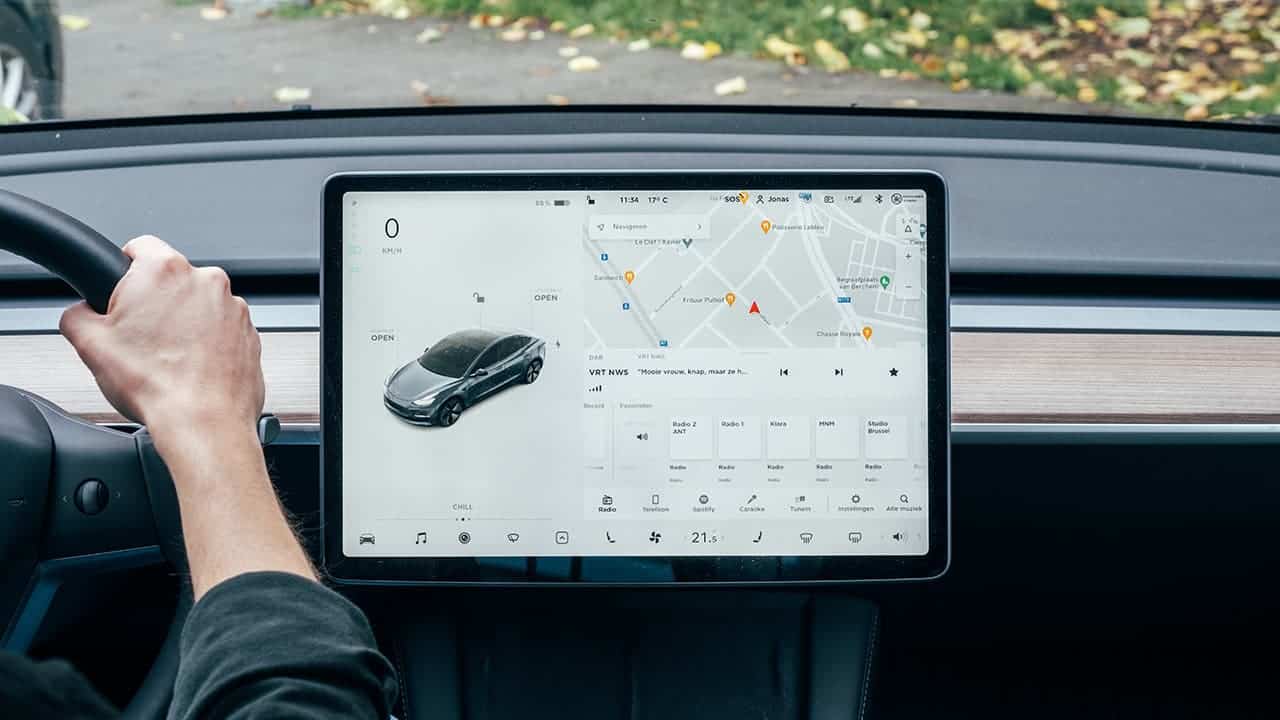
John Ellis
They approach us; we don’t know their markets or what their customers might need. We are ‘hired guns’ who solve difficult physics and engineering problems for people who understand what is required in different applications.
I would say the most important consideration is at the start of the process and defining specifications. It’s ‘possible’ to design almost anything, but that doesn’t mean it’s a good idea in a given application. If our customers want a bright flashlight, it’s ‘possible’ to design one as bright as a theater spotlight, but it would be so big and expensive that our customer would never sell one.
Question
Optics for Hire has been involved in the design of LIDAR systems for automotive applications. As the automotive industry increasingly adopts next-gen optics, what do you envision as the future capabilities of vehicles, especially in terms of safety, autonomy, and overall driving experience? How might advancements in LIDAR technology shape the landscape of transportation in the next decade?

John Ellis
The automotive tasks that are hard for people- like driving in a snowstorm or trying to figure out if a stop light is red or green when the sun is directly behind it- are hard for cameras, sensors, and computers too. I think automatic systems can and will be better than people at driving, but there should be investment in systems on streets and highways that communicate back to the vehicle.
Question
Optics for Hire appears to have expertise in mobile phone optics. Could you please share any collaborations or partnerships that you may have done with major phone manufacturers?
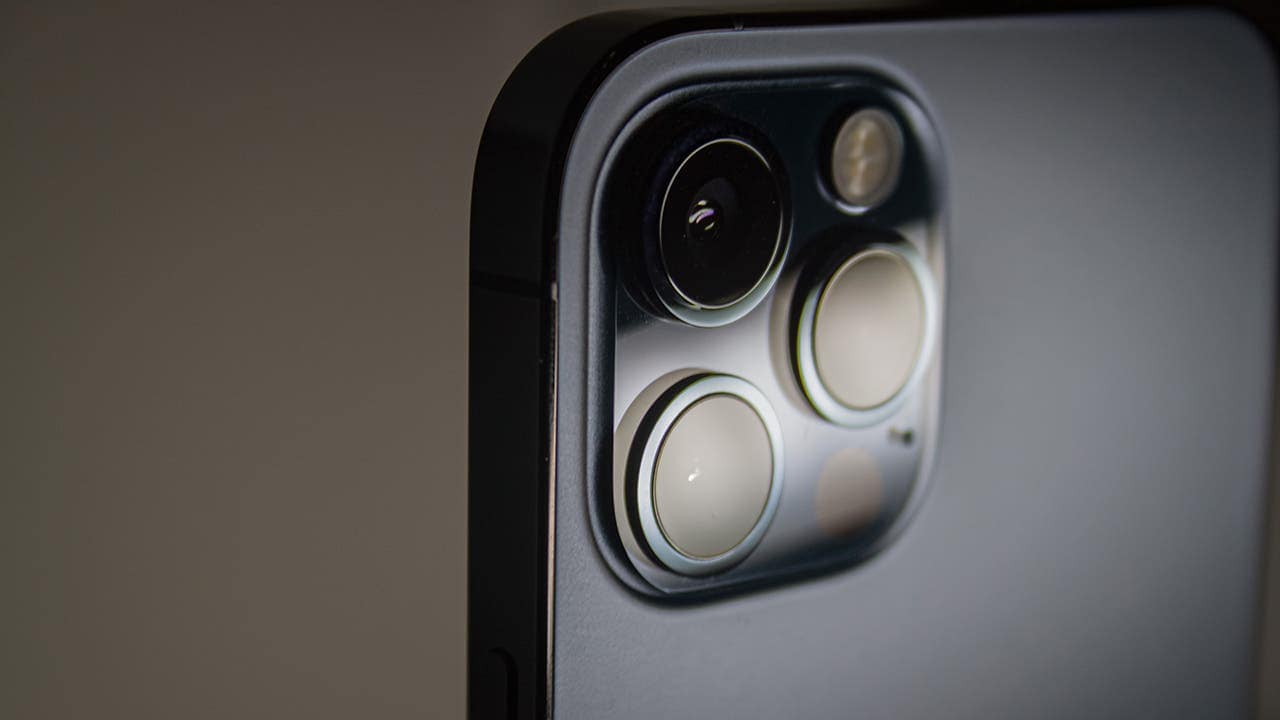
John Ellis
We have designed optics that go on top of a smartphone lens. One example was an Otoscope for a company called Cellscope, which was later bought by Johnson and Johnson. This is a current product Amazon.com: SmartCheck Digital Ear Scope from Children’s Tylenol, Otoscope with Light for iPhone.
The actual lenses inside the phone tend to be developed by the manufacturer of the lens assembly rather than outsiders like us.
Question
Given the continuous evolution of smartphone technology in the mobile photography world, how do you see mobile phone optics evolving in the coming years?
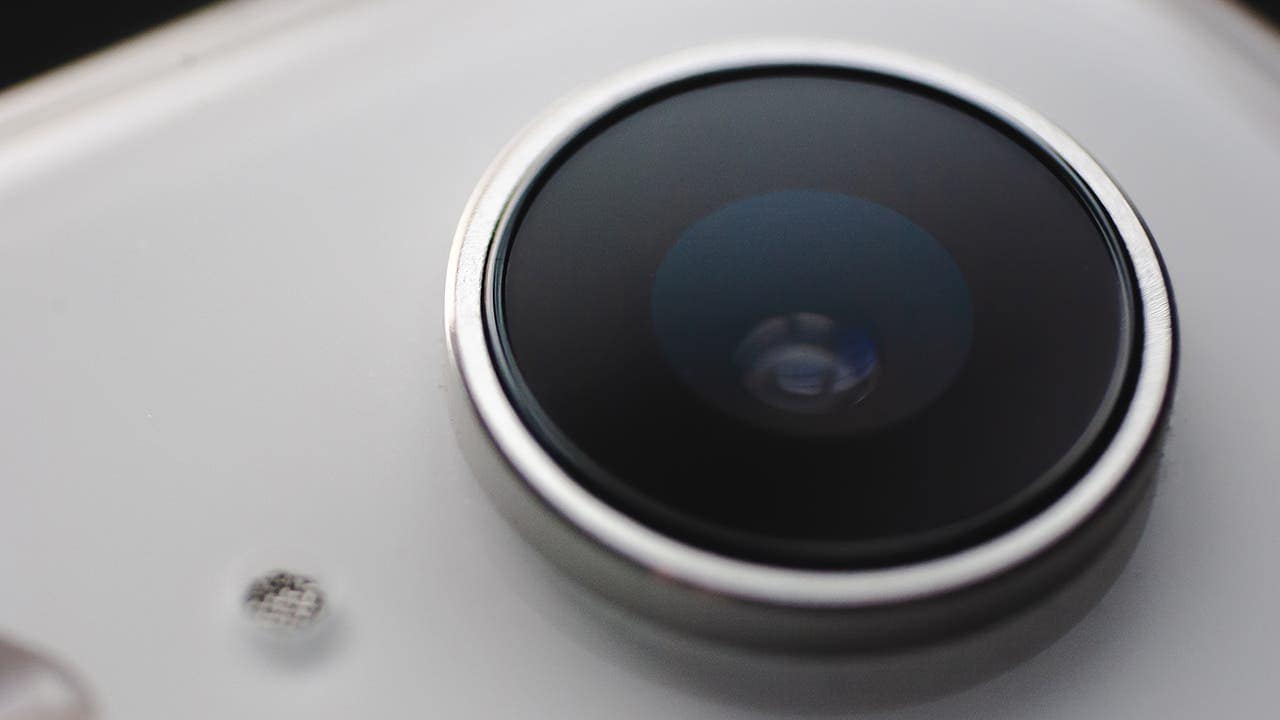
John Ellis
I don’t know. I didn’t expect a phone, or a car would ever need as many different cameras as they now use. But I think smartphones will have more that work in wavelength ranges not visible to humans; this will allow humans to ‘see’ things that otherwise would have been invisible. For example, a food allergen in a sauce might be visible using multi-wavelength spectroscopy if the smartphone had this capacity.
Question
In your career, you’ve successfully licensed technology for a wide range of consumer products. How do you balance the need for technological advancement with the practicality and user-friendliness required for consumer applications?
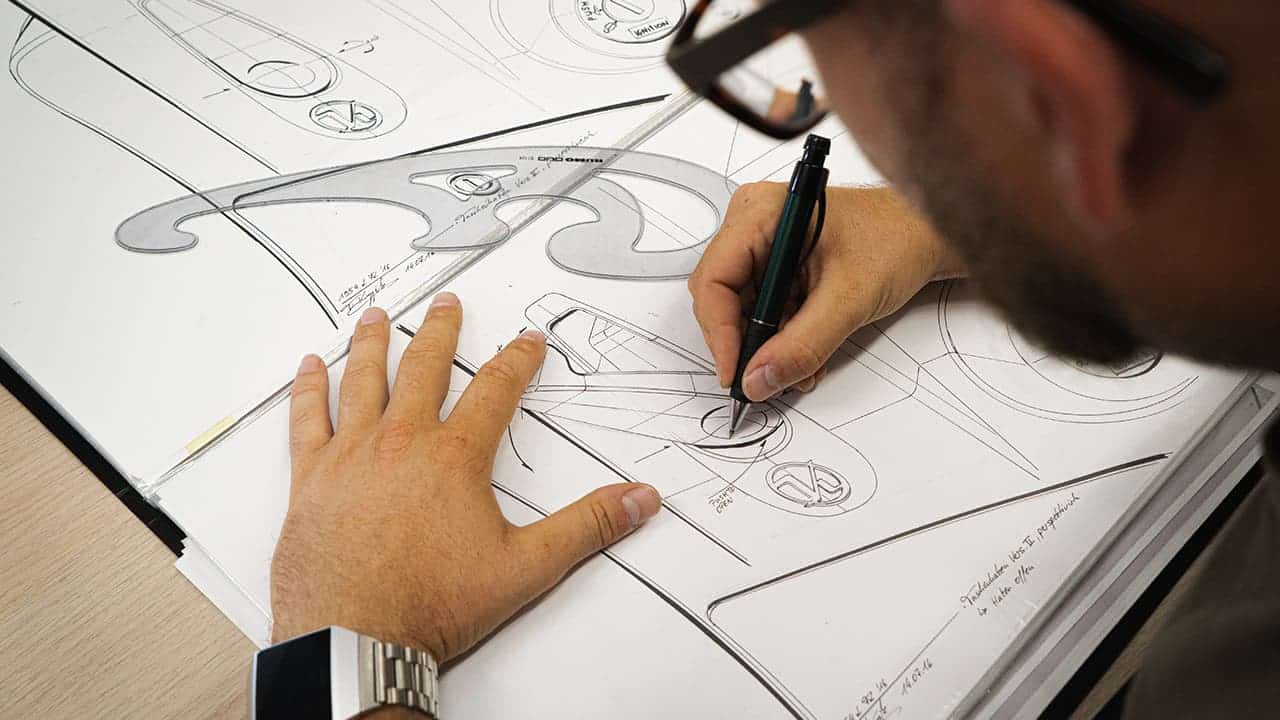
John Ellis
It’s important to find a real problem or a concept that provides actual value at the engineering stage, but the most important detail is the price point. A $500 solution to a $1 problem won’t work in the market. How you package and market those solutions assumes you develop a solution that matches the problem, which is something I’m still learning.
Question
With the increasing integration of AI and automation in various sectors, there’s concern about job displacement. However, your works seem to emphasize technology as an enabler. Can you give some insights into the right steps to ensure that AI augments human abilities rather than replaces humans?
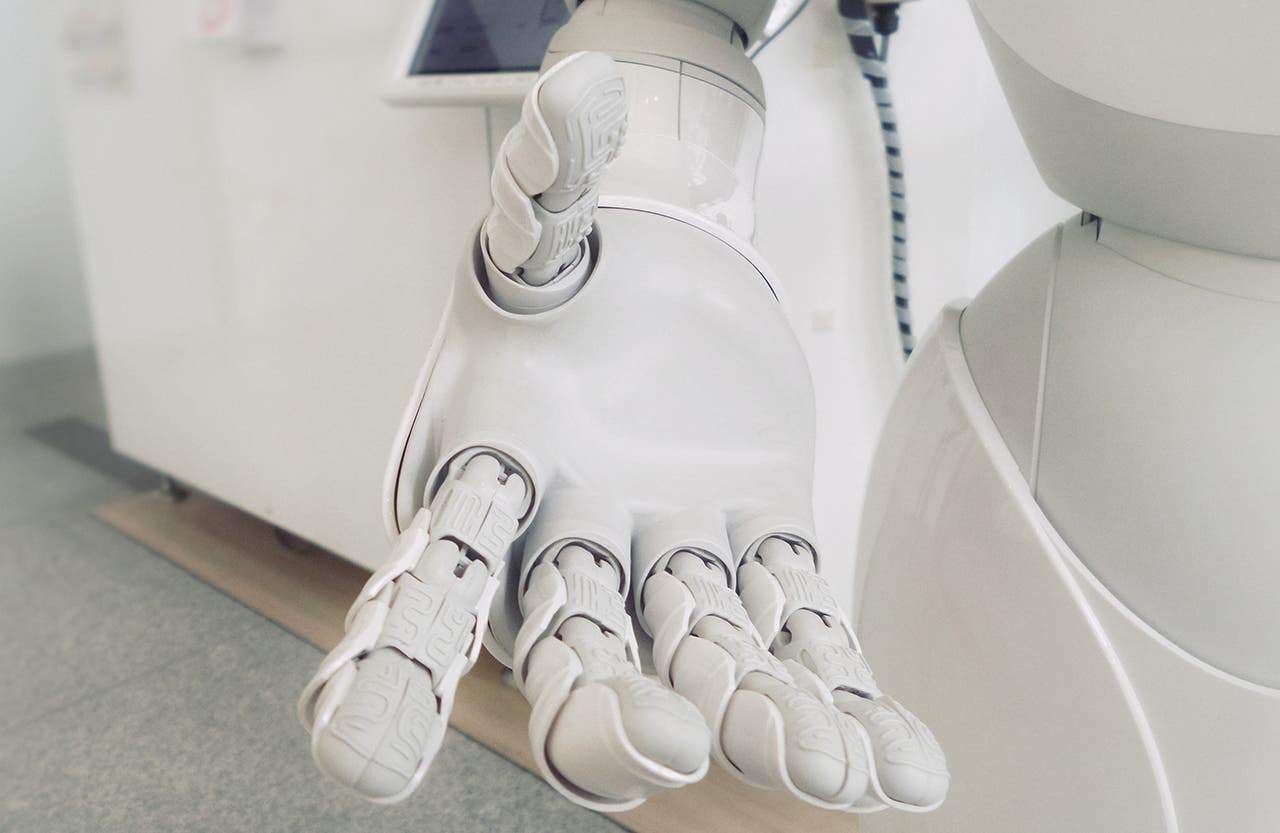
John Ellis
My great-grandfather owned a factory that made horse carriages in Philadelphia. It went bankrupt around 1920 for obvious reasons. It was bad for carriage makers, but the introduction of the car led to millions of job opportunities not just in making cars, but building roads, producing gas, building hotels for all the new people driving cars, and many more industries. A more recent example is the ATM. When it was introduced, people thought there would be no need for bank tellers. In fact, there are more bank tellers than before the ATM. It’s just that their job changed.
I expect it will be the same for AI adoption.
Question
Some skeptics argue that technological solutions, like the one you developed for detecting brain cancer during surgery, may lead to over-reliance on machines, potentially undermining the decision-making abilities of medical professionals. How do you justify the balance between technology and human expertise in critical healthcare scenarios?
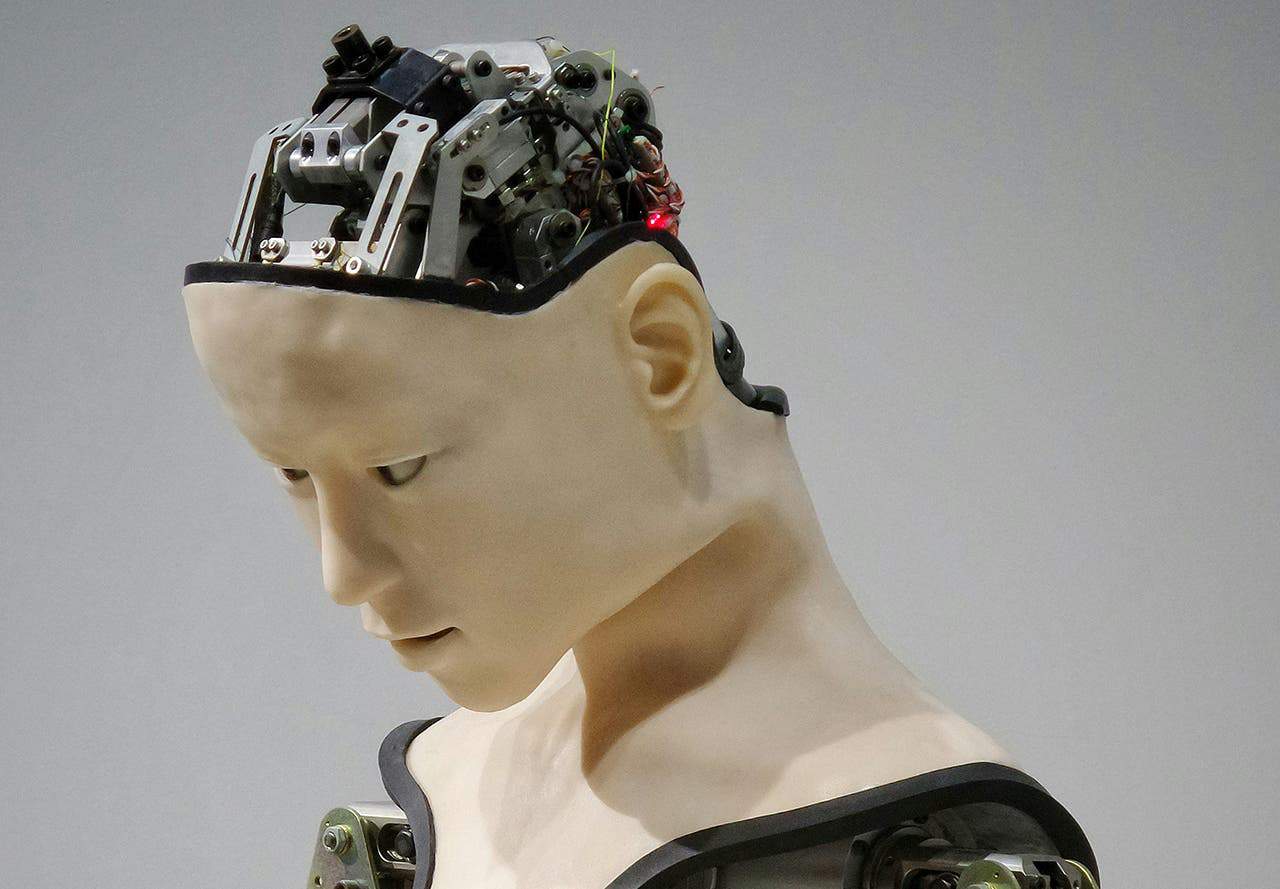
John Ellis
I wouldn’t want a robot to operate on my brain! But helping a human surgeon do a better job at finding the location of cancers seems like a good use of technology.





